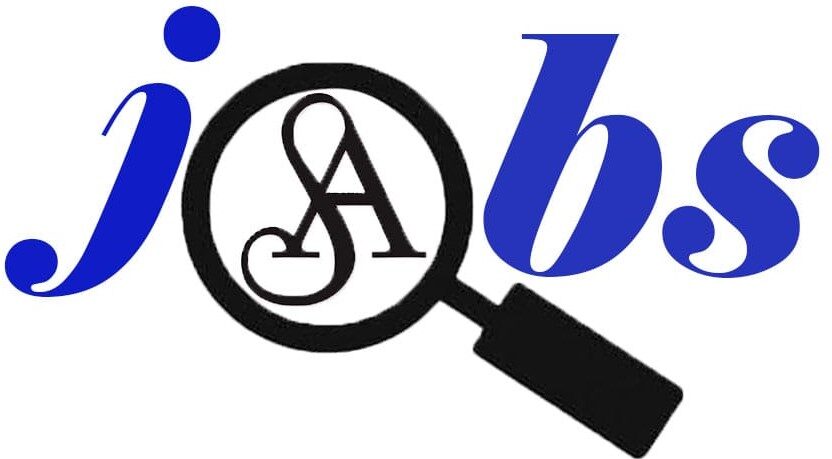A mill builder is someone who installs, dismantles, repairs, reassembles, and moves machinery in factories, power plants, and construction sites. Because they work in production facilities and construction sites, minor injuries such as cuts, bruises and strains are common. They are typically employed on a contract basis and may only spend a few days or weeks on a single site. As a result, workers often have variable hours and can experience downtime between jobs.
What does a Millwright do?
Mill builders typically do the following:
Read highly technical instructions and machinery drawings.
Install or repair machinery and equipment.
Adjust and align moving parts
Replace defective machinery parts as needed
Disassemble existing machinery to make free floor space for new machinery.
Moving machinery and equipment
Millwrights are highly skilled workers. Assembling a machine can take a few days or several weeks. They need to have a good understanding of how the machine works to be able to repair it when it breaks down. The repair includes the replacement of worn or defective parts of the machinery when necessary.
Mill builders can also participate in the disassembly of existing machines, a common situation when a manufacturing plant needs to clear floor space for new machinery. Disassembling a machine is often as complicated as assembling it. Each piece must be disassembled, sorted, and carefully packaged for shipment.
Mill builders use a variety of hand tools, such as hammers and levels, as well as welding and cutting equipment. They also use measuring tools, such as micrometers, levels, tape measures, lasers, and other precision measuring devices. In large projects, they often use cranes and trucks.
When mill builders and managers determine the best location for a machine, they move parts to the desired location using forklifts, hoists, winches, cranes, and other equipment.
What is a Millwright’s workplace like?
Most mill builders work in factories, power plants, or construction sites. Many belong to a union. In a construction environment, workers must be careful around heavy equipment. They can also work in awkward positions, even at the top of stairs, or in crowded conditions under large machinery, increasing the risk of injury. In production facilities, mill manufacturers are subject to common shop-floor injuries such as cuts, bruises and sprains.
To avoid injury, workers should follow safety precautions and wear protective gear, such as hard hats, safety glasses, steel-toed shoes, and ear plugs.
